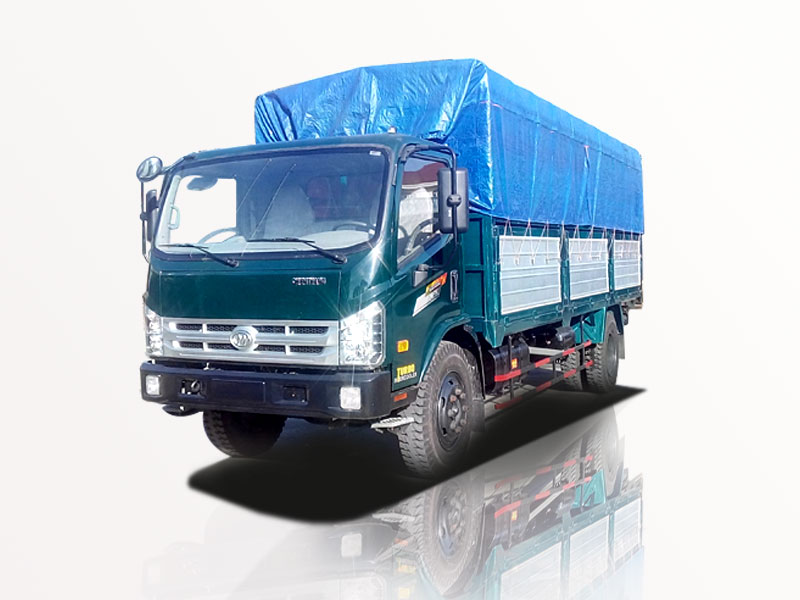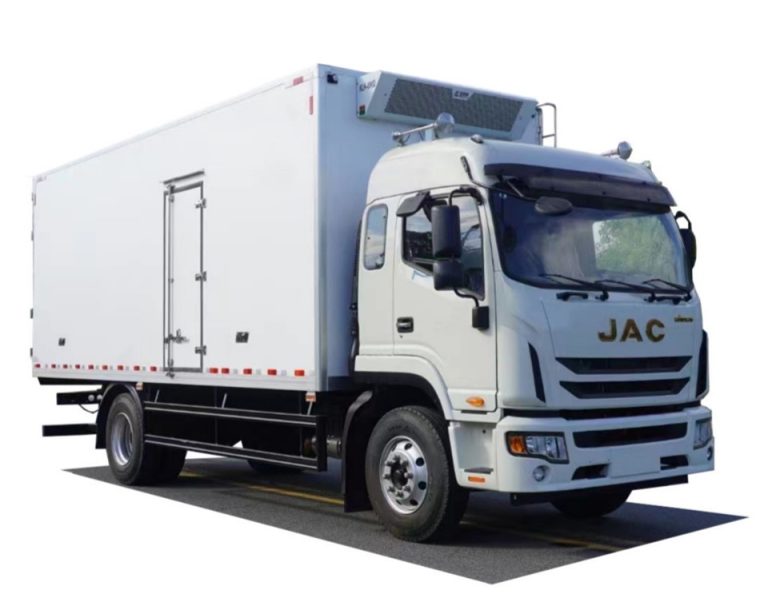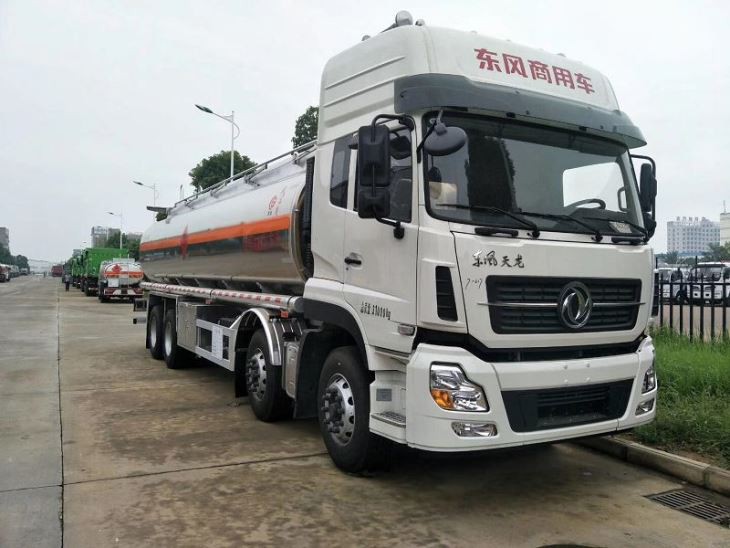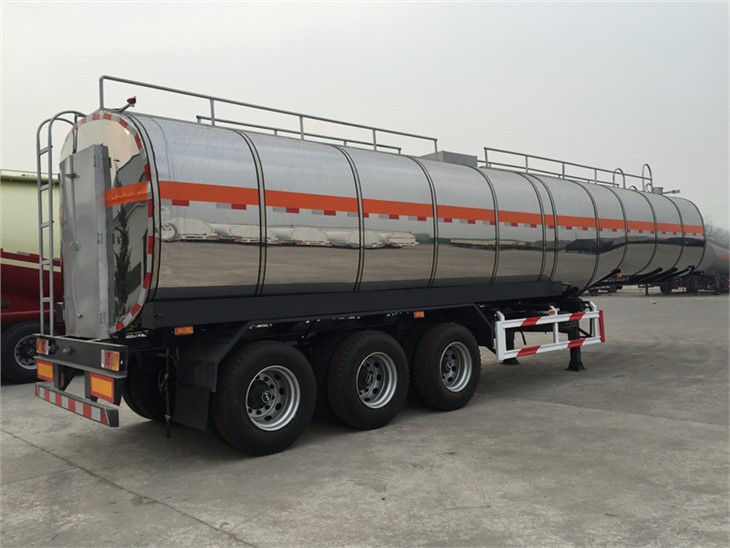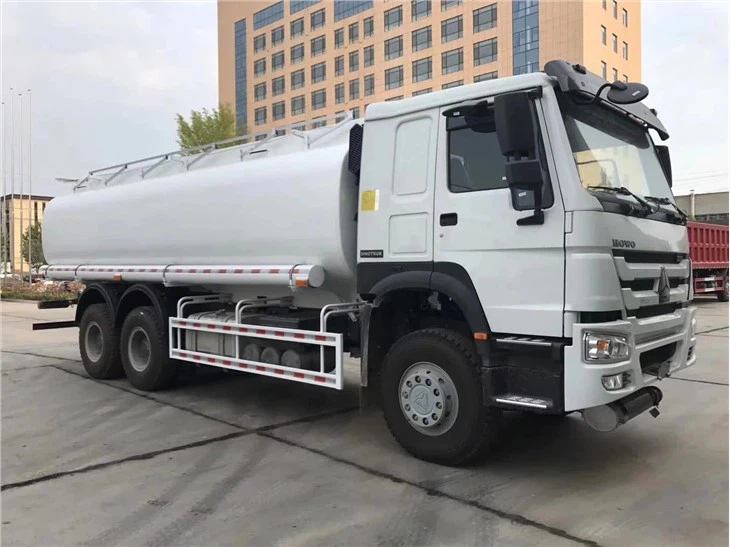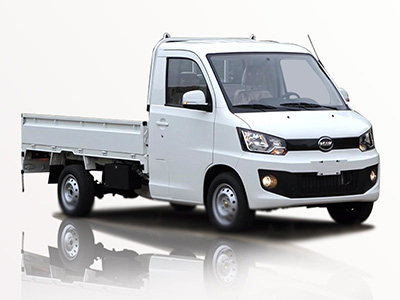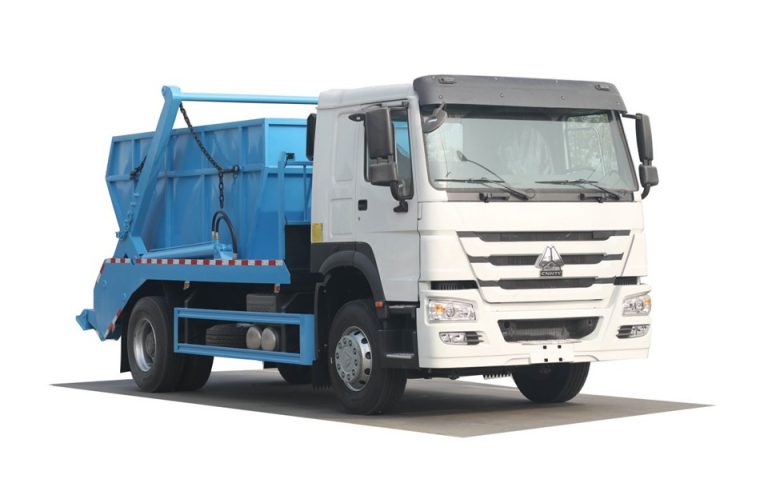Introduction
In the ever-evolving field of waste management, efficiency and reliability are paramount. One vehicle that stands out in this sector is the McNeilus rear loader. Known for its durability and innovative features, the McNeilus rear loader has become a staple for municipalities and waste management companies across the United States. This article will explore everything you need to know about McNeilus rear loaders — from their design and functionality to real-world applications and maintenance tips. Equipped with the right knowledge, waste management professionals will find that the McNeilus rear loader is a game-changing solution for their operations.
Understanding the McNeilus Rear Loader
What is a Rear Loader?
A rear loader is a type of waste collection vehicle designed for efficient refuse collection. It features a compaction mechanism that operates from the rear of the vehicle, making it ideal for navigating narrow streets and tight spaces.
Overview of McNeilus Rear Loaders
McNeilus is a well-known manufacturer of refuse collection vehicles, offering a range of products designed to meet various waste management needs. McNeilus rear loaders are particularly noted for their compact designs, powerful hydraulic systems, and user-friendly controls, making them suitable for urban environments.
The Design Features of McNeilus Rear Loaders
Structural Integrity
McNeilus rear loaders are constructed from high-strength materials that ensure durability. The frame is designed to withstand rigorous usage while minimizing wear and tear over time.
Compaction System
One of the most significant features of the McNeilus rear loader is its innovative compaction system. With compaction ratios typically ranging from 6:1 to 8:1, these vehicles can hold more waste, improving efficiency and reducing the number of trips required to dispose of collected refuse.
User-Friendly Controls
The controls in the cab of a McNeilus rear loader are designed for ease of use. With ergonomic design and intuitive layout, drivers can operate the vehicle and the compaction system with minimal training.
Visibility and Safety Features
Safety is paramount in waste management, and McNeilus rear loaders come equipped with features such as rear-view cameras, high-visibility reflectors, and warning lights. These enhancements help ensure the safety of both the operator and the public during waste collection operations.
Types of McNeilus Rear Loaders
McNeilus Standard Rear Loader
The Standard Rear Loader is the most common model used for city waste collection. It offers a balance of size and capacity, ideal for urban routes.
McNeilus Dual-Stream Rear Loader
Designed for recycling purposes, the Dual-Stream Rear Loader allows operators to collect two separate waste streams simultaneously. This model promotes recycling efforts and improves route efficiency.
McNeilus Continuous Compression Rear Loader
This model features a continuous compaction technology that ensures maximum compaction of waste, thereby increasing payload efficiency and reducing collection trips.
Benefits of Using McNeilus Rear Loaders
Increased Operational Efficiency
With a larger payload capacity, McNeilus rear loaders enable waste management companies to optimize their routes and reduce operational costs. This improved efficiency translates to fewer trips to the landfill and lower fuel consumption.
Enhanced Environmental Sustainability
By enabling better recycling practices and reducing the carbon footprint associated with refuse collection, McNeilus rear loaders contribute to a more sustainable waste management process.
Operational Flexibility
McNeilus rear loaders are versatile vehicles that can be adapted for various waste types, from standard municipal solid waste to recyclables
Real-World Applications of McNeilus Rear Loaders
Municipal Waste Collection
Many municipalities utilize McNeilus rear loaders for standard waste collection. The vehicles’ maneuverability allows them to navigate city streets efficiently, ensuring timely refuse pickup.
Commercial Waste Management
Businesses often depend on McNeilus rear loaders for routine waste management services. The load flexibility lets contractors service small to large businesses without needing multiple vehicle types.
Recycling Programs
Municipalities that focus on sustainability often use McNeilus dual-stream rear loaders for recycling programs, facilitating easier sorting and collection of recyclable materials.
Maintenance Tips for McNeilus Rear Loaders
Regular Inspections
Routine inspections should be performed to check systems such as brakes, fluid levels, and compaction mechanisms. Regular maintenance can prevent costly repairs and extend vehicle life.
Hydraulic System Care
The hydraulics are vital for compaction; therefore, keeping hydraulic fluids at optimal levels and checking for leaks is essential for high performance.
Cleaning and Upkeep
Regularly cleaning the compaction area will prevent residue build-up, enhancing compaction efficiency and ensuring hygiene during operations.
Comparative Analysis: McNeilus vs. Competitors
McNeilus vs. Peterbilt Rear Loaders
While both brands offer quality rear loaders, McNeilus models generally provide better compaction ratios and are designed for more rigorous urban environments.
McNeilus vs. International Rear Loaders
International models often feature larger engines and increased power, appealing to rural waste management needs. However, McNeilus excels in compactness and efficiency.
User Feedback and Ratings
Waste management companies have rated McNeilus rear loaders highly for their reliability, ease of use, and cost-effectiveness compared to competing brands.
Frequently Asked Questions (FAQ)
1. What is the average lifespan of a McNeilus rear loader?
The average lifespan of a McNeilus rear loader can range from 10 to 15 years, depending on maintenance and usage conditions.
2. Are McNeilus rear loaders fuel-efficient?
Yes, McNeilus rear loaders are designed for fuel efficiency, with various models optimized to achieve better mileage while still delivering excellent performance.
3. Can I customize my McNeilus rear loader?
Yes, McNeilus offers customizable options, allowing customers to tailor features such as storage compartments, lift mechanisms, and color schemes.
4. How often should I service my McNeilus rear loader?
Regular service intervals depend on usage, but generally, it’s recommended to have a thorough inspection every 3-6 months to ensure safe and efficient operation.
5. What is the weight capacity of a McNeilus rear loader?
Weight capacities vary by model, but many McNeilus rear loaders can handle payloads ranging from 15,000 to 30,000 pounds.
6. Are parts for McNeilus Rear Loaders readily available?
Yes, spare parts for McNeilus rear loaders are widely available through the manufacturer’s distribution network and authorized dealers.
